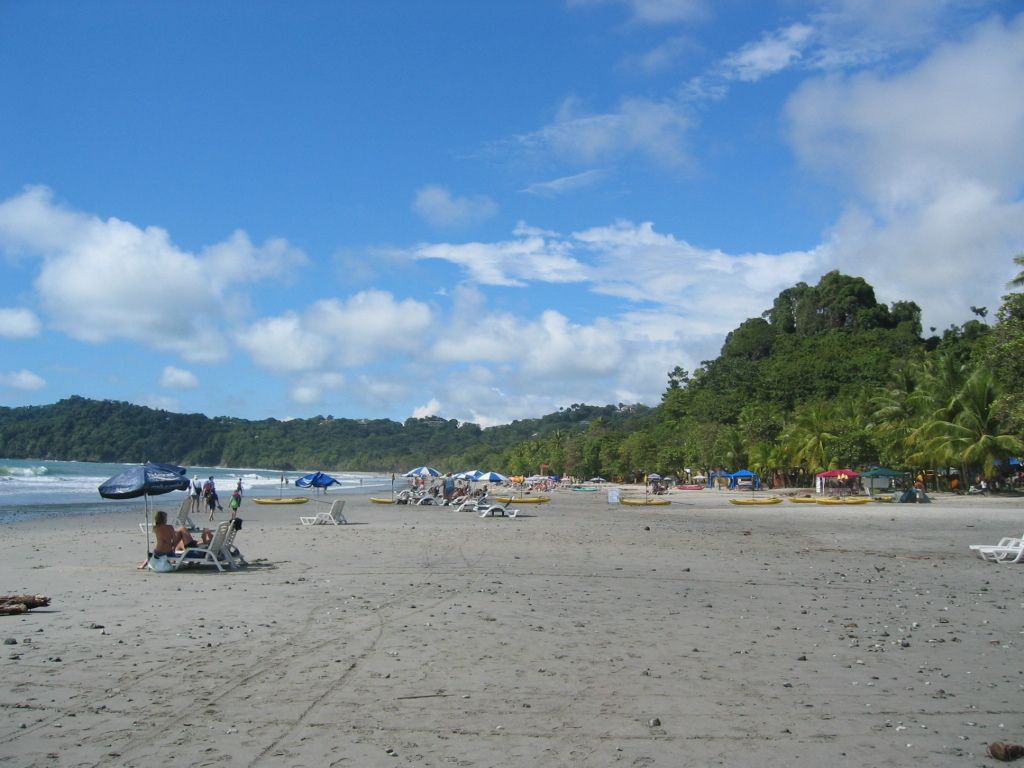Purposes Underpinning the Existence of Global Trade
Swapping gears and taking you on a wild ride through the world of international trade! Let's uncover why this chaotic jamboree exists.
First off, picture this: you crave a savory taste of sushi, but your backyard is growing nothing but cotton. You're in luck! Some clever folks out there specialize in raising tuna and growing rice, but not corn. International trade steps into the scene, and before you know it, your sushi platter is a reality, thanks to a mutual trade agreement of goods that each side is extra good at producing.
Now, here comes the real spice of life. International trade is a beautifully interconnected web of differences in demand, technology, factor endowment, and economies of scale.
Demand differences got you puzzled? Fret not! Let's settle the score once and for all. Countries have distinct preferences when it comes to their goods. Some Asians are rice-crazy, while others, like you and me, are wheat-obsessed. Countries that lack the land to efficiently produce rice can happily import it while paying the wheat bills with their wheat surplus.
Factor endowment is the factor that's aint got a substitute - it's all about the resources a country has in its pocket. If a country's swimming in oil, you bet they're gonna be a leading player in petroleum. On the flip side, countries with an abundance of cheap labor tend to focus on labor-intensive industries like garments.
Don't forget about technology! Differences in technology between countries can determine what they produce more efficiently. Superior technology can lead to cheaper production costs and, eventually, cheaper prices for the rest of the world.
Finally, it's all about the numbers, and global trade is no exception! Economies of scale can't be ignored. A country can achieve cost savings by producing large quantities of goods, making them more competitive in the international market.
Now, you might be asking, "How do international trade and exchange rates mesh?" Well, let's smell the roses and explore that together. When a country exports more, foreigners need more of its currency to buy its products, causing an appreciation of that currency. On the flip side, when a country imports more, it needs more of the foreign currency and, you guessed it, its own currency depreciates.
By now, you're probably wondering, "What's with those closed countries like North Korea? Are they completely left out of the international trade party?" No, my friend! North Korea, despite its closed doors, has been engaged in trade with allies, exporting $44.1 million to China in 2020 and importing $491 million worth of goods, hinting at the undeniable urge of human connection through commerce.
With that out of the way, let's delve deeper into the Hot-n-Heckscher model, the ultimate lovechild of the brilliant minds behind international trade. In essence, the model suggests that countries specialize in industries that make the best use of their abundant factors of production, such as labor, capital, and land. Ultimately, this specialization leads to economies of scale, making those goods cheaper to produce.
Now, enough with the tired chatter about international trade. Let's mix things up a bit! Take the case of Japan, famed for its leading car brands like Toyota, Honda, Isuzu, and Mazda, yet chooses to import Mercedes-Benz, setting the stage for some fascinating debates about quality, brand recognition, and consumer satisfaction.
Finally, you're probably curious about what awaits you as your knowledge on trade grows. Well, buckle up! Here's a smorgasbord of intriguing topics for you to dive headfirst into: the benefits of international trade, understanding absolute advantage, a closer look at imports, the fine art of boosting exports, deciphering comparative advantage, the flipside of imports, where comparative advantages come from, and the intriguing concept of trade surplus.
So, grab a seat, hold on tight, and prepare for a thrill ride unlike any other!
In this interconnected world of international trade, goods that each country is exceptionally skilled at producing are exchanged, such as rice from Asia in exchange for wheat from other regions. This exchange is facilitated by differences in demand, factor endowment, technology, and economies of scale, where a country like Japan, characterized by its automotive industries, also engages in importing luxury cars like Mercedes-Benz, demonstrating the complexities of trade decisions based on quality, brand recognition, and consumer satisfaction.






